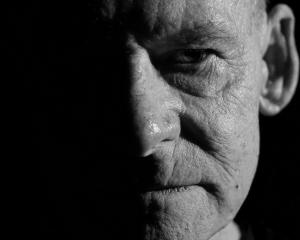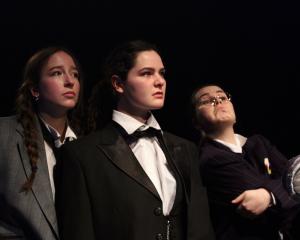A near-capacity crowd enthusiastically applauded Les Talens Lyriques at Glenroy Auditorium.
The ensemble brings to life the immediately charming and entertaining music from the sumptuous court of Versailles which spans some 50 years of the early 18th century.
The ensemble's phrasing was exemplary. For most of the works the balance between viola da gamba played by Atsushi Sakai, harpsichord played by ensemble director Christophe Rousset and the two violins played by Gabriel Grosbard and Gilone Gaubert-Jacques worked well.
The viola da gamba is at its best as a foil to the harpsichord's brightness. However, in Antoine Forqueray's 1747 duet Premiere Suite en re mineur the harpsichord accompaniment sadly outshone the more subtle melodic lines in the viola da gamba.
Only in Forqueray's La Portugaise did the viola's energy come to the fore.
Marin Marais' Cinquieme Suite en mi mineur (1692) is a fine stately work.
Its Caprice gives a hint of the joys to follow. François Couperin is perhaps the most well known from this era. His Les Nations - Quatrieme Ordre - La Piemontaise, Sonade (1726) is an excellent example of his signature charm and wit.
Les Talens Lyriques gave a particularly excellent performance of the Gravement/Vivement.
However, Jean-Marie Leclair's Deuxieme Recreation de musique op. 8 (1737) was the highlight of the evening. Spriteliness, elegant measures and sinewy lyricism were all bound together with superb phrasing.
Jean-Philippe Rameau is the dominant composer of the era. His Pieces de clavecin en concerts- Troisieme Concert (1741) is uncharacteristically exuberant. La Timide contains sensuous rolling lines for the violin.
Francois Couperin's Le Parnasse ou l'Apotheose de Corelli (1724) takes the listener on Corelli's mythical pilgrimage to Parnassus to commune with the muses. As a programmatic piece it works well.
An encore from Leclair tumbled with infectious rhythm.









